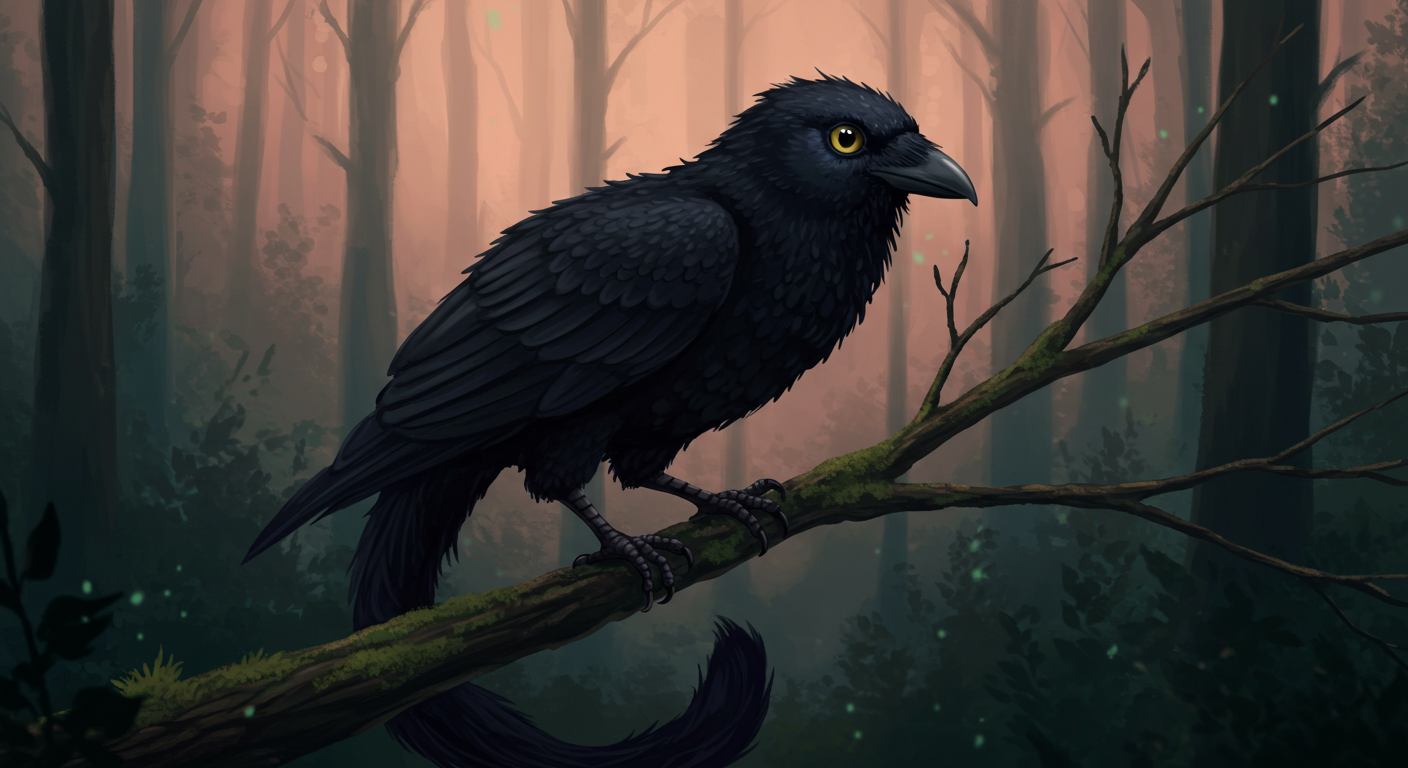The term Kotora Melnkalne has drawn attention in recent years due to its intriguing blend of linguistic and cultural references. While it might sound mysterious at first, exploring its roots, usage, and symbolic connections reveals a rich tapestry of meaning. In this article, we will dive deep into what Kotora Melnkalne stands for, how it is interpreted across contexts, and why it resonates with researchers, cultural enthusiasts, and curious readers alike.
Understanding Kotora Melnkalne
At its core, Kotora Melnkalne can be broken down into two elements. “Kotora” carries associations with uniqueness, individuality, and something rare, while “Melnkalne” suggests a darker or more enigmatic undertone. Combined, these elements form a phrase that feels both poetic and symbolic.
Many interpretations describe Kotora Melnkalne as a term tied to cultural identity, heritage, and hidden meanings in folklore. Just like other symbolic phrases that hold historical weight, it can be seen as a reflection of people’s struggles, beliefs, and their quest for belonging.
Historical Background of Kotora Melnkalne
The roots of Kotora Melnkalne can be traced back to linguistic traditions where compound words carried profound symbolic meanings. In older narratives, similar phrases often described geographical features, mythological beings, or states of human experience. Kotora , for example, has been linked in some accounts to mountainous landscapes and folklore associated with resilience, mystery, and the endurance of communities over time.
Historians argue that terms like Kotora highlight the way language preserves cultural memory. They point to how these words have shifted meanings but still hold power in storytelling, art, and local traditions.
Cultural Relevance of Kotora Melnkalne
In cultural discussions, Kotora is often viewed as more than just a phrase. It represents an idea—something larger than its literal interpretation. Within folklore, it has been associated with themes of perseverance against hardship and the blending of beauty with struggle.
Artists and writers have drawn upon Kotora as inspiration for poetry, novels, and visual art. For many, it stands as a reminder of cultural resilience and the importance of embracing complexity rather than avoiding it.
Kotora Melnkalne in Folklore and Myth
In mythological contexts, Kotora is sometimes portrayed as a guardian figure or a symbol of transformation. Folktales that reference similar terms describe characters who journey through darkness only to find strength and wisdom on the other side.
These stories often reflect life’s dualities—light and shadow, hardship and triumph. As such, Kotora resonates with universal themes of human experience, making it a phrase that transcends its linguistic origins.
Modern Interpretations of Kotora Melnkalne
Today, people interpret Kotora in multiple ways depending on their perspective. Some see it as a metaphor for personal growth: the journey through challenges leading to self-discovery. Others connect it to cultural identity, emphasizing the importance of remembering one’s roots even while embracing modern life.
In academic discussions, Kotora has been studied as a linguistic curiosity, reflecting how certain words and phrases can carry symbolic weight far beyond their literal meaning.
Symbolism Behind Kotora Melnkalne
The symbolism of Kotora lies in its dual nature. The term suggests both struggle and beauty, challenge and resilience. It is a reminder that even in the darkest of times, there is meaning and value to be found.
This symbolism appeals to modern audiences because it mirrors personal and collective experiences. Whether viewed through the lens of mythology, literature, or contemporary life, Kotora Melnklne embodies the strength of human spirit.
Kotora Melnkalne in Literature and Art
Writers often use Kotora as a metaphor for transformation. Poems and novels inspired by the term emphasize journeys of growth, encounters with hardship, and eventual triumph. Visual artists, too, have embraced the concept, using dark and light contrasts to express its dual themes.
The phrase has even appeared in modern digital media projects, symbolizing mystery, uniqueness, and identity. Its aesthetic appeal makes it a powerful tool for creators seeking to capture depth and nuance.
Why Kotora Melnkalne Matters Today
The lasting importance of Kotora lies in its adaptability. While rooted in history and culture, it continues to inspire new interpretations in modern settings. People today see it as a way to express resilience, identity, and transformation in a complex world.
By studying and discussing Kotora , we preserve cultural heritage while also enriching modern understanding. It becomes not just a phrase of the past, but a living symbol for present and future generations.
Conclusion
Kotora Melnkalne is more than a phrase—it is a cultural and symbolic journey. From its historical roots in folklore to its modern interpretations in literature and art, it has endured as a meaningful expression of identity, resilience, and transformation.
Whether you encounter Kotora as a poetic phrase, a mythological symbol, or a source of artistic inspiration, its layered meanings encourage reflection on life’s challenges and the beauty found within them.

